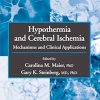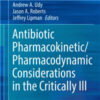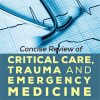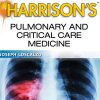Preventing VAP Non-Pharmacologically
link.springer.comIn critically ill, intubated patients on intensive care unit (ICU), ventilator-associated pneumonia (VAP) is a significant complication contributing to substantial mortality, morbidity, and prolonged stays, which in turn requires considerable financial and natural resources.
Preventing VAP is therefore essential for improving patients’ safety and enhancing the outcomes’ cost-effectiveness and sustainability of healthcare.
Herein, we summarize the evidence for preventing VAP by non-pharmacological interventions, based on a systematic literature research of the ongoing update of the Clinical Treatment Guideline on Invasive Ventilation and Extracorporeal Gas Exchange in Acute Respiratory Insufficiency under the direction of the German Society for Anesthesiology and Intensive Care Medicine (DGAI).
Non-pharmacological measures to prevent VAP have been extensively studied. Establishing a surveillance system with a consistent definition, an infection control team, and regular feedback to the staff have proven effective in reducing nosocomial infections, including VAP.

















